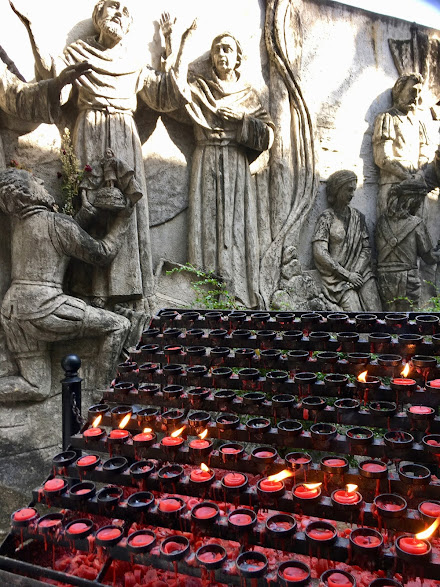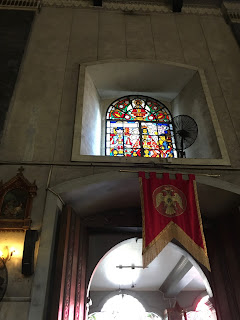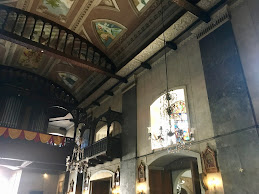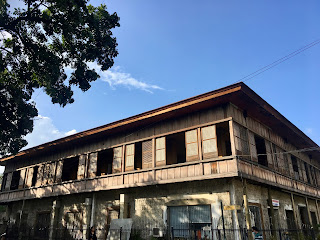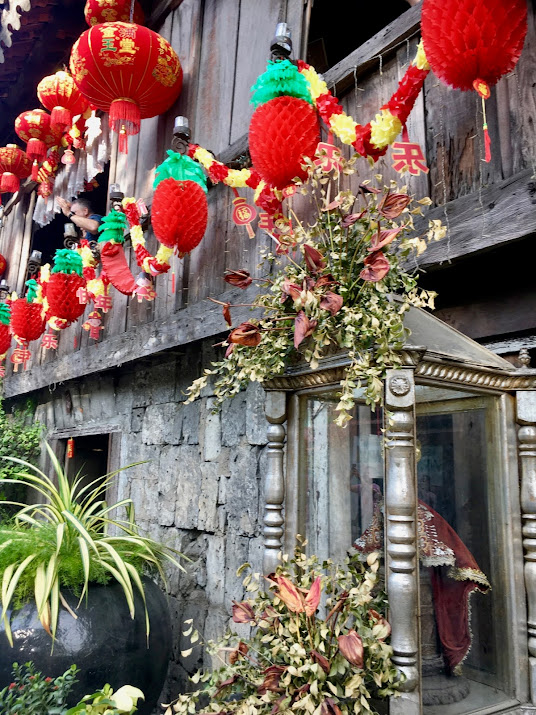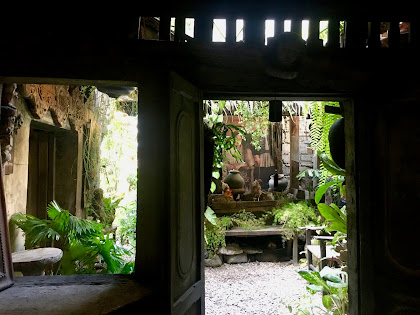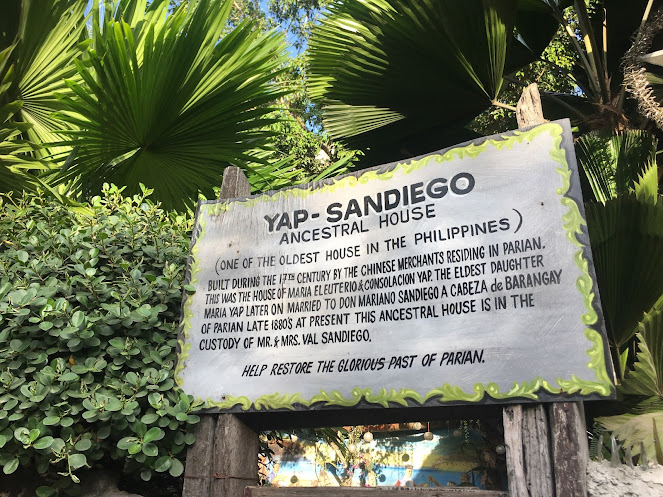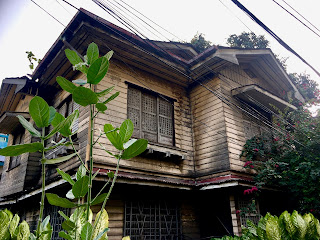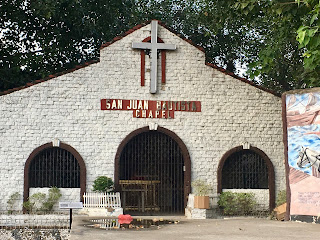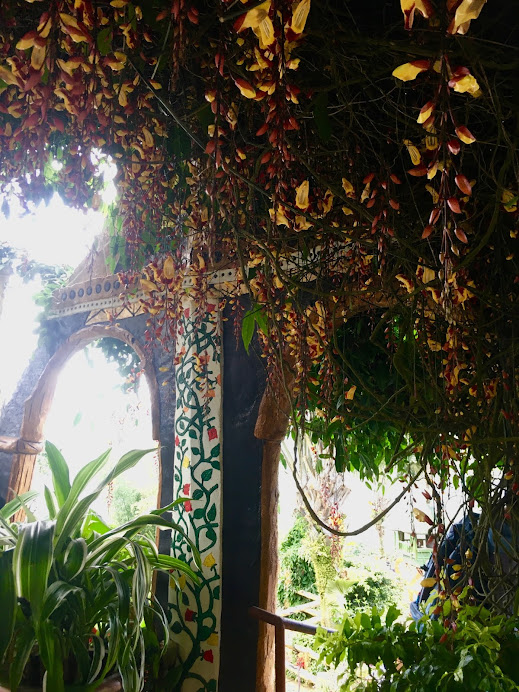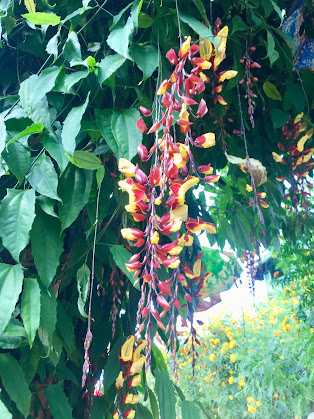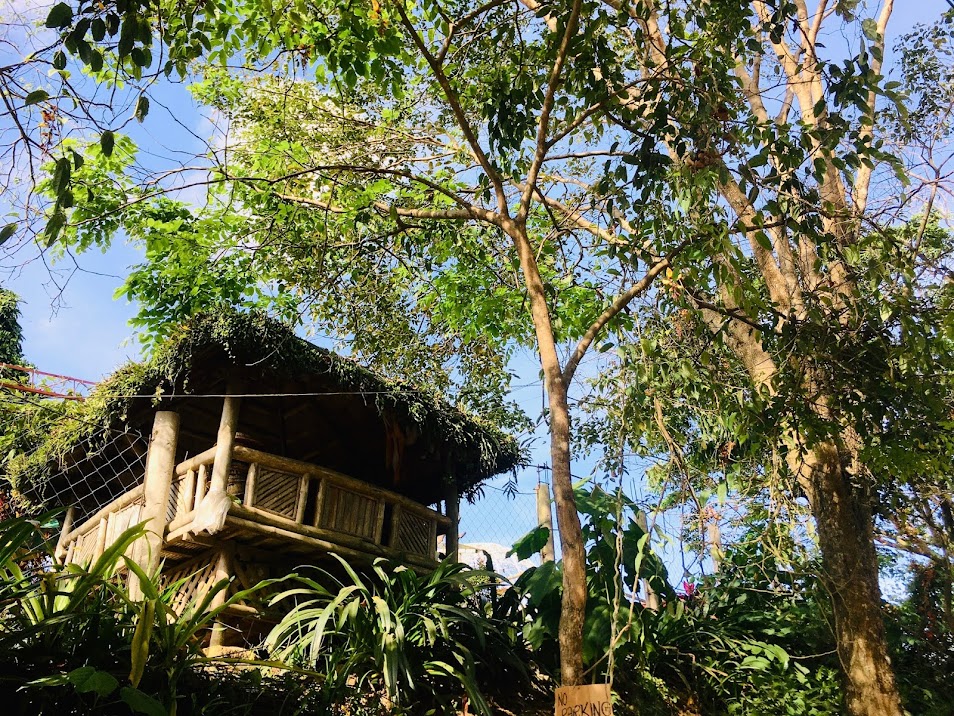Fort San Pedro
in 1521, the Spaniards arrived in the Philippines, and started their colonization. Fort San Pedro was built in 1738 to protect against Muslim raiders. its along the coast near the port and ferry terminals
 Sinulog Festival is an annual cultural and religious festival held on the third Sunday of January in Cebu City so we unfortunately had just missed it, but it looked super fun, a bit like a Filipino version of Mardi Gras!
Sinulog Festival is an annual cultural and religious festival held on the third Sunday of January in Cebu City so we unfortunately had just missed it, but it looked super fun, a bit like a Filipino version of Mardi Gras!
the new hostel compared to the last one was cleaner and closer to the city centre, (though the last one had a great free pancake breakfast and we had a shared private room - though the fan was super loud and the shared toilets had no water most of the time as the water was off half the day. without all the friendly hostellers or the random pregnancy test on a table haha. )
it had a huge shared living space and beds with mosquito nets, I befriended a local who let me use his laptop to put my camera pictures onto a usb, he was hoping to pass his English test soo with plans to study in the u.k. although it was a convenient location, you had to go through a dirty stinky restaurant place, a big open air food canteen, lots of littered beer bottles. that area was gross but the inside was ok. however internet was poor and not good for my online teaching, so I moved the second night to a hostel with sleeping pods. again a water problem, no hot water (this is common in the Philippines, I however do NOT do cold showers) although they got this fixed. this had no free breakfast but there were books to share - most hostels in the Philippines do include a breakfast, or a cheap one.
buses and jeepneys are easy to get once you get an app or use maps to plan it. (robin left me his sim)
public transport is random but readily available in the form of Grab, habal-habal motorbike taxi's and jeepneys. there's of course buses trains boats and planes too of course.
Cebu Taoist Temple
on the first day I visited the Chinese Taoist temple, Located 300 meters above sea level, its a bit of an awkward journey, I got a jeepney up then walked it as there isn't a direct jeepney, though you could probably get a motor taxi from the jeepney stop. there's a hill and a lot of steps to reach it. the way back is downhill, though the way to is mostly uphill. not so fun in the intense heat. Once you reach the temple, you’ll be greeted with beautiful views of the island. its relatively quiet and large






after the temple I stopped in a random barber hairdressers to get my eyebrows done. it was super cheap and the one who did it for me was ANOTHER ladyboy. he/she was super friendly and talkative in their broken English. decent job too!
after this I got a jeepney back into the city and explored the vibrant market life of colon street. I even got a cheap new SD card for my camera as mine wasn't working right (it needed a card rewrite apparently) haggling down the price and comparing different offers from the nearby market stalls.
the area is full of life and colour, definitely worth a stroll. its bustling with vendors and customers going about their daily life.
after this I jumped on another jeepney having strolled down to the port area. passing some poorer areas and lots and lots of chicken shops - filipinos seem to be obsessed with chicken / cocks, there's a chicken shop on ever corner it seems, the most popular being the chain brand Jollibee (who is as expected a bumblebee) its a cheap fast food restaurant - move over Col. Saunders. if its not this, they are having cock fights or there's a rooster walking you up at the crack of dawn.
I went to the Cebu Metropolitan cathedral followed by the Basilica Minore del Santo Nino de Cebu. is built on the spot were an icon of the baby Jesus was found during the expedition of Miguel Lopez, hence the name.
Cebu Metropolitan Cathedral
Basilica Minore del Santo Niño de Cebu
it's the oldest Catholic Church in the Philippines founded in 1565, one can wander along the huge outside courtyard full of candles and carvings, underneath rows of coloured flags. one can walk though the church halls to see ancient paintings, archways, stained glass windows, and altar, overall an architectural beauty. You can view 17th century relics in the museum or visit the library filled with books covering modern subjects of all kinds.
odd name for the toilets
The Heritage of Cebu Monument
Yap-Sandiego Ancestral House
I kept on strolling and heading next to the Yap-Sandiego ancestral house, a 17th century home of chinese migrants who made their new home in Cebu becoming prosperous and building a happy home, you can get a tour around it if you wish, there's even people in the garden playing music, its a glimpse into the past, an assimilation of culture, chinese and filipino in one home. its the oldest house in Cebu and the first chinese house built outside china, interesting made from coral stone and wood, full of the family's treasured belongings, in pristine condition.
Built in 1675, the lower part of the house is made out of coral stones- this includes the walls, stairs, ceilings and floors. The roof is made with Chinese bricks, also called ‘terracotta’ tiles. it's full of old paintings, furniture, and antiques acquired by merchants from the 16th century through the 19th century making this house a museum of sorts.
CASA GORORODO
I strolled around to cased Gorordero, though I didn't go in I got some great pictures of its charming garden setting. they were the first place in the Philippines that they were offering hand sanitiser in regards to being a Covid 19 preventative before the epidemic really took off
Casa Gorordo Museum
 built in the 1850s, casa gororodo is a blend of western Spanish influence mixed with east filipino. with Spanish Chinese and Filipino architecture. owned by the Gorodo family who later, in the form of Juan Gorordo became the first native Bishop of Cebu, it was later made into a museum in the 1980s
built in the 1850s, casa gororodo is a blend of western Spanish influence mixed with east filipino. with Spanish Chinese and Filipino architecture. owned by the Gorodo family who later, in the form of Juan Gorordo became the first native Bishop of Cebu, it was later made into a museum in the 1980s
I looked briefly at Jesuit House, it was a bit hard to find, sort of inside a metal barn shed, with what appeared to be a mechanic shop inside. it was dark and daunting with a lot of men so I decided to skip it, instead strolling around the area before getting a jeepney back to the hostel
for getting around the Philippines some of the best apps are of course google maps, grab, and angkas
Terrazas de Flores Botanical Garden / Sirao Garden
The Terrazas De Flores Botanical Garden, or sire garden offers terraced flower gardens planted in the sides of rolling mountains with a breeze that balances the heat. high up in the mountain the views are spectacular

like the day before I got a jeepney but got off on the last stop, rather than the spot I got off at for the temple. there were motorbikes awaiting so I arranged for one to take me there and back, not planning to stay too long. its also known as "little Amsterdam" due to its windmills. its full of beautiful flowers and lots of great pictures posing opportunities, the most popular being the golden hand stretching out over the mountain, worth a trip for a new insta pic!
afterwards I headed back down and strolled around the town and the markets finding some beautiful optimistic graffiti
the next morning I headed early to the airport for a flight to Palawan. I was strangely surprised to see furbies weren't allowed on the plane! I was also temperature checked, without warning on the forehead by a gun like digital thermometer, it was my first time seeing one and was a little taken off guard.
on arrival we had to sign some declaration forms about our recent movements in regards to the corona virus. after this I got a tub tub to my hostel. its best to walk out a little from the main entrance to get a cheaper one.
 Sinulog Festival is an annual cultural and religious festival held on the third Sunday of January in Cebu City so we unfortunately had just missed it, but it looked super fun, a bit like a Filipino version of Mardi Gras!
Sinulog Festival is an annual cultural and religious festival held on the third Sunday of January in Cebu City so we unfortunately had just missed it, but it looked super fun, a bit like a Filipino version of Mardi Gras!
 built in the 1850s, casa gororodo is a blend of western Spanish influence mixed with east filipino. with Spanish Chinese and Filipino architecture. owned by the Gorodo family who later, in the form of Juan Gorordo became the first native Bishop of Cebu, it was later made into a museum in the 1980s
built in the 1850s, casa gororodo is a blend of western Spanish influence mixed with east filipino. with Spanish Chinese and Filipino architecture. owned by the Gorodo family who later, in the form of Juan Gorordo became the first native Bishop of Cebu, it was later made into a museum in the 1980s like the day before I got a jeepney but got off on the last stop, rather than the spot I got off at for the temple. there were motorbikes awaiting so I arranged for one to take me there and back, not planning to stay too long. its also known as "little Amsterdam" due to its windmills. its full of beautiful flowers and lots of great pictures posing opportunities, the most popular being the golden hand stretching out over the mountain, worth a trip for a new insta pic!
like the day before I got a jeepney but got off on the last stop, rather than the spot I got off at for the temple. there were motorbikes awaiting so I arranged for one to take me there and back, not planning to stay too long. its also known as "little Amsterdam" due to its windmills. its full of beautiful flowers and lots of great pictures posing opportunities, the most popular being the golden hand stretching out over the mountain, worth a trip for a new insta pic!





















